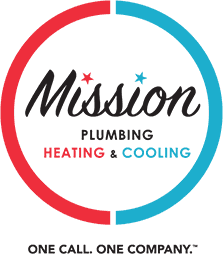The average American spends 90 percent of their time indoors. When most of the air you breathe is indoors, it’s important to make sure you have good air quality. If the air in your Kansas home feels flat, keep an eye out for these indicators of poor ventilation.
Telltale Signs of Poor Ventilation in Your Home
In the same way pain sensors warn you when something is wrong with your body, your home will give you signals that something’s wrong in the house. For instance, does poor ventilation cause mold? Yes, it does. And these are other signs that your home suffers from a lack of airflow.
- The walls and windows are wet. When there is a buildup of moist air, condensation clings to the walls and windows. It can also sink into the carpet or other fabrics in the room. This can jumpstart mold. It can also cause damage to wood furniture or beams when the moisture absorbs in and rots the wood.
- There’s mold growth. Another sign you may notice is the growth of green or black mold blotches. Mold loves warm damp environments, so decreasing the moisture levels with proper airflow will discourage mold.
- Odors linger and the air is stuffy. If stagnant smells are lasting for days, or strong musty smells cling to a room, odds are it is due to poor ventilation. Without airflow, new air cannot dilute stale air and eventually remove the odor.
Related Content: What Is Air Balancing?
Side Effects of Poor Ventilation in the Home
It’s not only the house that suffers without proper airflow. Fresh air is also vital for good health. When you or your family spend large amounts of time without proper ventilation, you might develop these symptoms.
- Feeling tired to the bone. Without proper airflow in the house, you will struggle with low oxygen levels. A common symptom of this is strong fatigue. Even when you get 8 hours of sleep, you will still be tired.
- Experiencing flu-like symptoms. Got sniffles and a cough outside of flu season? Do the symptoms ease off after you leave the house? Respiratory symptoms are a common side effect of poor ventilation because bacteria and air particle buildup in the air cannot be cleared.
- Having shortness of breath. If you or your family find it hard to breathe in the house, it may not be a case of asthma. Poor ventilation allows dust and air pollutants to gather and collect to the point where anyone could experience allergy symptoms of sneezing, runny nose, or breathing issues.
- Having a headache. Again, when the headache seems to only happen in the house, it is very likely it’s associated with the air quality in your home. Low oxygen levels as well as lingering particles from cooking with gas in the home can trigger a headache.
- Feeling less optimistic. Serotonin is the brain chemical that keeps your moods balanced. When your brain receives lower levels of oxygen, it also gets less serotonin. If you feel sad or depressed, you may need more fresh air to boost your serotonin levels.



